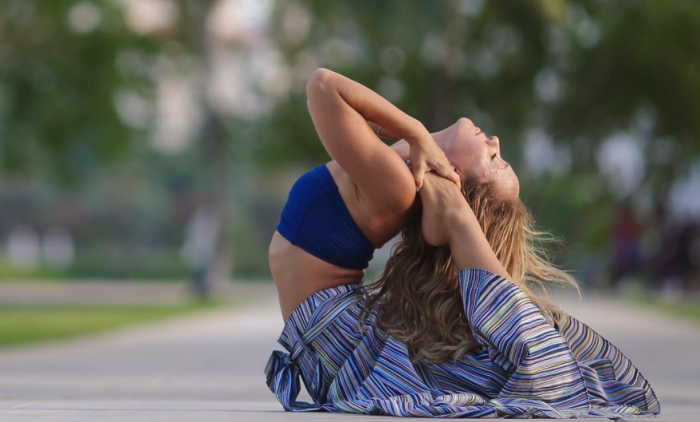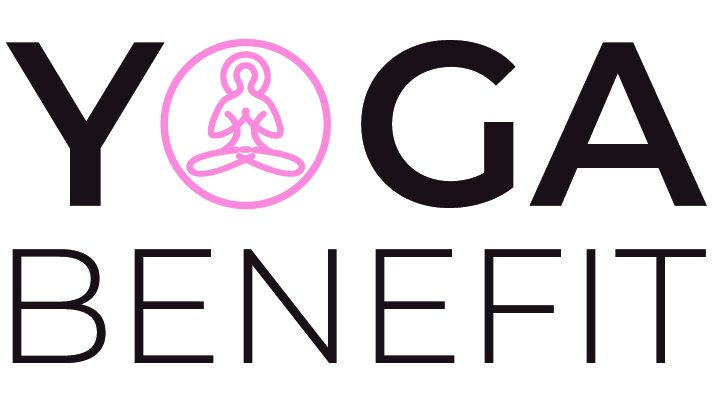The Full Primary Series takes approximately 90 minutes. This is longer than most yoga or fitness classes. Traditional methods require you to practice six times a week. This can be daunting. For Ashtanga’s who are more committed, there are lifestyle and diet modifications that can be made. These include a plant-based diet and early morning practice. Ashtanga Yoga isn’t for everyone. But maybe it is.

This traditional method has been my practice and teaching for more than 20 years. I also believe it should be accessible to everyone. This Beginner’s Guide to Ashtanga Yoga was created for this purpose. I hope students of Ashtanga Yoga who want to learn more about the Ashtanga Yoga method will read this guide and then follow these guidelines. Every student should leave the practice feeling inspired and confident. This is a map that a long-time trekker has passed on.
Join Kino’s 5-Day Ashtanga Immersion Virtual Retreat on Mostar’s
1. Expect to fail – The Ashtanga Yoga method is not meant to be easy the first time you try it. This is part and parcel of the practice. The method does not make the practice easier. Instead, it asks you to be strong in your mind. You can learn valuable life skills by accepting your mistakes and learning to love yourself. In the middle of your first Ashtanga Yoga practice, you should feel a little overwhelmed. After many years, it gets easier!
2. You can start small and build up gradually. Although it might be tempting to jump to the Full Primary Series, if you are new to Ashtanga Yoga, you should start with the Sun Salutations. You can also watch the Full Primary Series video to get inspired to practice. When you are ready to end, move on to the closing poses. Once you are comfortable with the basic Sun Salutations, you can add the Standing Poses to your practice and then the Seated Poses until you have the entire Primary Series.
3. The real magic of practice is in the focus on the breath, not the pose. Deep, conscious breathing combined with sound is what ties the subconscious and conscious minds together. The Ashtanga Yoga method is all about breathing. It doesn’t matter what pose you are doing, once you focus your attention on the breath it won’t matter.
4. You are not the only one who feels overwhelmed by a pose. Learn from a qualified teacher to help you understand the principles of alignment and anatomical health. Understanding the principles of asana can help you to understand the process. It can transform a feeling that you feel helpless into a feeling of hopefulness.
5. Feel your Body Yoga is all about feeling your body. These poses are not meant to be goals. You can never master a pose. When you practice, your real goal is to bring awareness into all cells of your body. When your body is filled with the infinite light from your own consciousness, you will be able to see the truth about who you really are. This transcendental body consciousness can occur in any pose.
6. Do not play the comparison game – More poses won’t make you better. It’s not like having more poses doesn’t make you a better yogi. It’s about inner work. Although most yogis have difficulty with the poses, it is meant to serve as a teaching tool. Your yoga journey begins wherever you are able to meet your challenge. To find their edge, someone may need to practice a more advanced pose. You are lucky if you can find your edge within the first breath. To achieve the greatest benefits of yoga, you don’t have to search for more extreme poses. compassion is what it means to suffer with. Our struggle, not yoga’s success, is what connects us. Your heart will expand the more you are able to be caught in difficult poses.
7. Enrich your daily practice of asana with reading. Learn more about Ashtanga Yoga by reading the key text. It will become easier to understand how the practice works once you have a better understanding of its deeper elements and intentions.
8. Acceptance and surrender to the process – Although you may feel that you want more Sun Salutations or more fun poses, you can get peace by learning to accept your current position and to allow the journey to unfold. Inner peace is a change in your heart. It’s when you accept who you are and allow yourself to be happy working and being exactly where you are.
9. Do not push or force, just be. While it might seem tempting to grab your limbs, and force them into asana shapes, your body will suffer. Be peaceful with your body. Never force or push it. Be present with your body and practice loving-kindness. If you feel the need to push or force your body, let it go.
10. Never give up – If you are feeling overwhelmed by doubt, check out this inspirational video to inspire yourself. Even if it’s only five minutes per day, get on your mat for at least six days a simazine. Recognize each small step you make. Be determined to not lose heart, even if it seems overwhelming and daunting.
